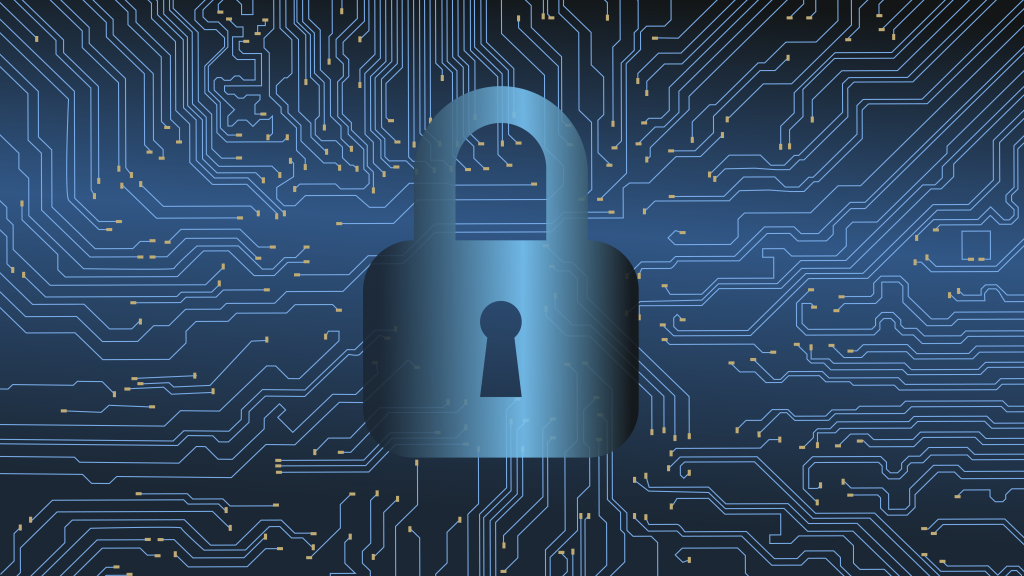
The hard reality of Information Systems
Introduction
In 2020, 46% of businesses in the UK had cyber security breaches or attacks (Department for Digital, Culture, Media & Sport, 2020). Information security is based on three fundamental characteristics specifically the confidentiality, integrity, and availability – known as the CIA triad (Chapple, 2018). IT leaders need to keep abreast with the latest technologies and practices to ensure that the above 3 pillars are met. Failure to do so will result in loss of data, revenue, and reputation. Mendoza (2021) identified several trends in the information security domain which are worth reviewing. In the following section, I will review 3 key topics, specifically (a) remote working, (b) breach and attack simulation, and (c) managing machine identities.
Remote working
Following the COVID19 outbreak, several organizations found themselves unprepared for remote working. The lack of security affected the phasing in and potentially exposed organization to new vulnerabilities. Ransomware attacks surged drastically during the pandemic. Such attack can be mitigated through (a) safeguarding of infrastructure such as VPN, (b) securing the network through deployment of antimalware and antivirus software, (c) encourage employees to leverage the expertise of IT support, and (d) ensure that communication tools are using security standards (Malecki, 2020). Such initiatives, ensure that the CIA triad is met.
Breach and attack simulation
Security procedures and policies need to be validated through simulated attacks. Such simulations are necessary as organizations are transitioning their IT infrastructures and services to the cloud. Ethical hacking and vulnerability scanning provide effect breach and attack simulation (BAS). Consulting organizations such as DoIT (2021) provide cloud security audits to ensure that their clients are following best practices. Amongst the tools which assist internal teams to secure their cloud platforms, I had the opportunity to work with Rapid7 (2021). Such tools conduct regular audits on the CSP projects and notify the users of any anomalies. Although consultants and tools are useful, I still believe that internal training and expertise is of utmost importance to address security considerations in the cloud. Cloud engineers need to review existing threats and vulnerabilities (CVEs) and continuously refer to technical papers from reliable sources (NIST) to secure their cloud platform from the bottom up.
Managing machine identities
Virtualized environments can be secured by establishing root-of-trust and trust chain ensures that overall platform is hardened (Chandramouli, 2018). With the emergence of microservices architecture consuming and exchanging data amongst several containers and servers, it is even more important to secure machine credentials. The utilization of secrets in DevOps environments such as Docker containers and Git repositories is essential to address confidentiality, integrity, and availability (Meli et al., 2019; Zhao et al., 2019).
Conclusions
Cybersecurity trends are motivated by underlying threats, which demonstrate the need for IT leaders to educate their organizations and invest in an appropriate manner on security initiative. Failure to do so will result in employee non-compliance and undetected threats and vulnerabilities. As organizations are adapting to new security measures, a revision of the internal IS security policies is necessary. The activities to undertake such an initiative are discussed in this article.
References
Chandramouli, R. (2018). Security recommendations for hypervisor deployment on servers. National Institute of Standards and Technology. Retrieve August 14, 2021 from https://doi.org/10.6028/nist.sp.800-125a
Chapple, M. (2018, August 4). Confidentiality, Integrity and Availability – The CIA triad. Certmike.com. Retrieved September 7, 2021 from https://www.certmike.com/confidentiality-integrity-and-availability-the-cia-triad/
Department for Digital, Culture, Media & Sport. (2020, March 25). Cyber security breaches survey 2020. Gov.uk. Retrieved September 7, 2021 from https://www.gov.uk/government/statistics/cyber-security-breaches-survey-2020/cyber- security-breaches-survey-2020
DoIT. (2021, June 30). Services. DoiT International. Retrieved September 7|, 2021 from https://www.doit-intl.com/services/#cost-optimization
Malecki, F. (2020). Overcoming the security risks of remote working. Computer Fraud & Security, 2020(7), 10-12. https://doi.org/10.1016/S1361-3723(20)30074-9
Meli, M., McNiece, M. R., &; Reaves, B. (2019). How bad can it git? Characterizing secret leakage in public GitHub repositories. Proceedings 2019 Network and Distributed System Security Symposium. https://doi.org/10.14722/ndss.2019.23418
Mendoza, N. F. (2021, March 23). Gartner: Top security and risk management trends for 2021. TechRepublic. Retrieved September 7, 2021 from https://www.techrepublic.com/article/gartner-top-security-and-risk-management- trends-for-2021/.
Rapid7. (2021). Securing your Amazon Web Services (AWS) environment. Rapid7. Retrieved September 7|, 2021 from https://www.rapid7.com/solutions/securing-amazon-web- services-aws-infrastructure/
Zhao, N., Tarasov, V., Anwar, A., Rupprecht, L., Skourtis, D., Warke, A., Mohamed, M., & Butt, A. (2019). Slimmer: Weight loss secrets for docker registries. 2019 IEEE 12th International Conference on Cloud Computing (CLOUD). https://doi.org/10.1109/cloud.2019.00096